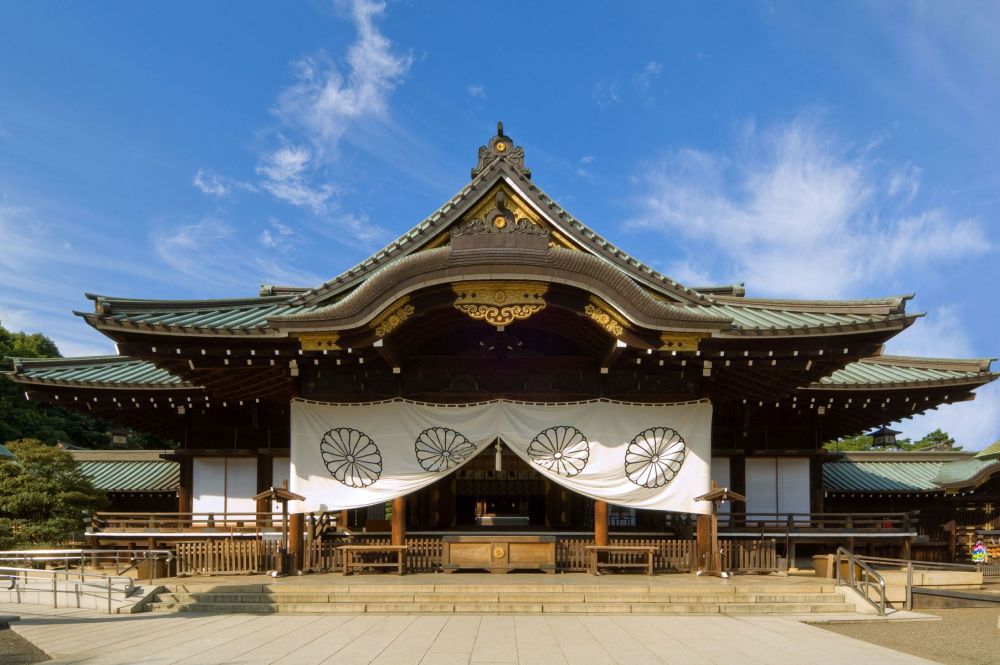

Yasukuni Shrine, located in Tokyo, Japan, has been a complex and controversial site that intertwines Japan's history, spirituality, and nationalism. Established by Emperor Meiji in 1869, the shrine is dedicated to the deified spirits of soldiers and others who died serving the Emperor of Japan. Throughout its history, Yasukuni Shrine has played a pivotal role in commemorating Japan's war dead and has been a focal point for both domestic and international tourists, historians, and peace activists.
In its infancy, Yasukuni Shrine was primarily a site for nationalistic observance and remembrance within Japan. Following World War II and Japan's subsequent pacifist constitution, the shrine gradually became a destination for tourists interested in Japan's military history and Shinto practices. As the country rebuilt and opened its doors wider to international tourism in the post-war era, the number of visitors to the shrine started to increase.
The 1970s marked the beginning of international controversy surrounding the shrine, particularly after the enshrinement of Class A war criminals. The visits of Japanese prime ministers and other officials to Yasukuni Shrine started to draw international criticism, fueling political debates but also stoking curiosity among global tourists.
Today, Yasukuni Shrine is not just a place of historical significance; it has become a complex tourist site, where people come to understand both the spiritual practices of Japan and its contentious history. Visitors can observe traditional Shinto rituals and explore the Yūshūkan Museum, which presents a particular perspective on Japan's military history, often considered revisionist by critics.
In the spring, tourists flock to the shrine for its spectacular display of cherry blossoms, which has become one of Tokyo's most famous sakura spots. The contrast of the solemn historical backdrop with the beauty of nature in bloom makes for a unique and poignant experience.
Mitama Matsuri, the annual festival held in mid-July, is particularly popular and draws large crowds. With thousands of lanterns lighting up the pathway to the shrine, the festival provides a visually stunning experience along with traditional music and dance performances.
In response to global digital trends and the increasing demand for online resources, Yasukuni Shrine has also digitized its presence, offering virtual tours and educational information on its official website. This has made the site more accessible to a wider audience, especially during periods when travel may be restricted.
Despite its controversies, Yasukuni Shrine remains a significant destination for those interested in Japan's cultural, historical, and religious heritage. Its role in tourism continues to evolve as it adapts to changing societal views and technological advancements, while its complex story still prompts reflection on issues of war, peace, and memory.